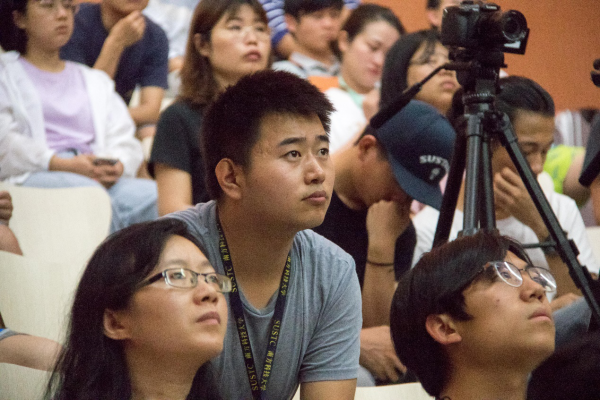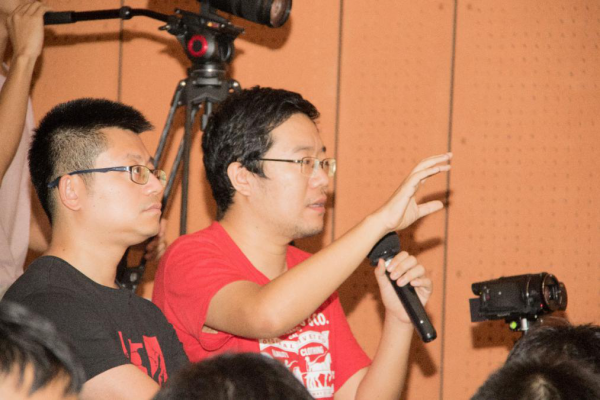In late June, fellow of the National Academy of Sciences and Massachusetts Institute of Technology (MIT) professor of physics Patrick Lee came to Southern University of Science and Technology (SUSTech). He gave an enlightening speech titled “Majorana Zero Modes: Is there a path for topological quantum computing?” Academician Yu Dapeng from the Department of Physics was proud to host the lecture.
Professor Patrick Lee is a theoretical physicist. He received the Oliver E. Buckley Award in 1991 from the American Physical Society, and the Dirac Medal in 2005 from the International Centre for Theoretical Physics, for his pioneering contributions to our understanding of disordered and strongly interacting many-body systems.

Professor Lee started by talking about the origin of Majorana fermions and the possible existence of Majorana zero modes in various systems of condensed matter physics. He reviewed the latest developments & difficulties in this field. Professor Lee introduced the methods of two-dimensional electron gas, P-wave superconductor, topological insulator plus S-wave superconductor, semiconductor nanowire/superconductor, indicating that although important progress has been made in this field recently, the above methods still have some shortcomings such as incompatibility or weak decoherence.
Professor Lee talked about new systems for realizing and observing Majorana zero mode. The advantage of this new system is that it can utilize the surface state of the large energy gap split by the spin orbit on the gold film surface. Compared with other systems, this scheme makes Majorana zero mode more stable and more mature.

Although the implementation of the program is still very challenging, Professor Lee has successfully demonstrated the latest experimental results of his experimental collaborators, providing important evidence for the existence of the Majorana zero mode at the edge of the magnetic insulator. This scheme provides an important idea for planar device integration processing and future topology qubit exchange and weaving control.
Professor Lee took many questions from his engaged audience of students and scholars at the end of his lecture.
Proofread ByXia Yingying
Photo ByDepartment of Physics